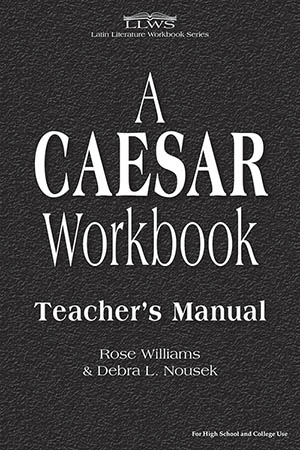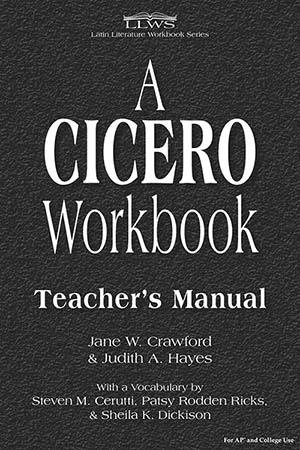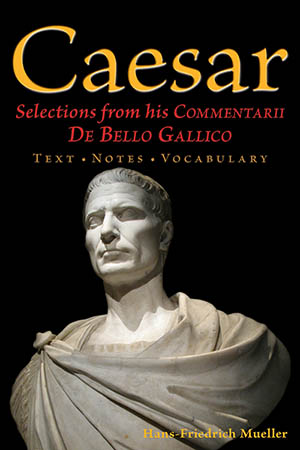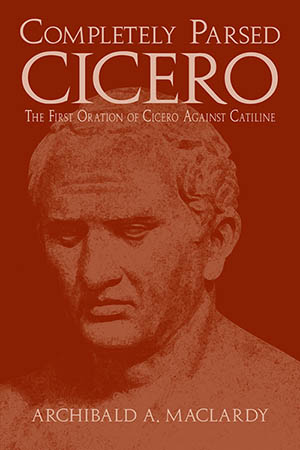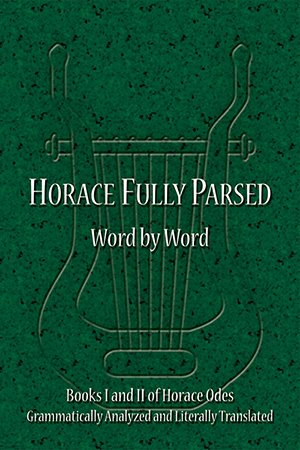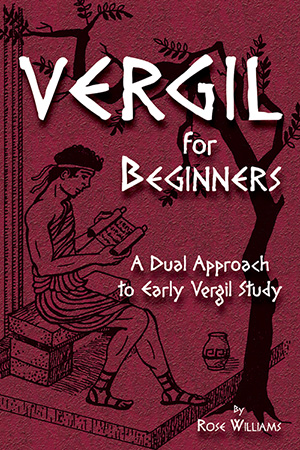Completely Scanned-Parsed Vergil is an irreplaceable, primary resource for educators teaching or reading Book I of the Aeneid. The complete text of Aeneid, Book I, an interlinear translation, complete metrical scansion, and an accompanying, more polished translation are just part of this goldmine. At the bottom of each page below the text, each Latin word is completely parsed and the commentary includes useful references to the revised grammars of Bennett, Gildersleeve, Allen and Greenough, and Harkness and delves into word derivations and word frequencies, making this volume helpful for the competent reader of Latin as well as the novice.
Special Features
- Complete Latin text of Aeneid, Book I
- Complete interlinear translation of the Latin text
- A more elegant translation in the margin next to the text
- A full grammatical, syntactical, and etymological commentary on each word in the text
- Complete metrical scanning of Aeneid, Book I

Complete text of Aeneid Book 1 with complete parsing of every word and metrical analysis of each line.


